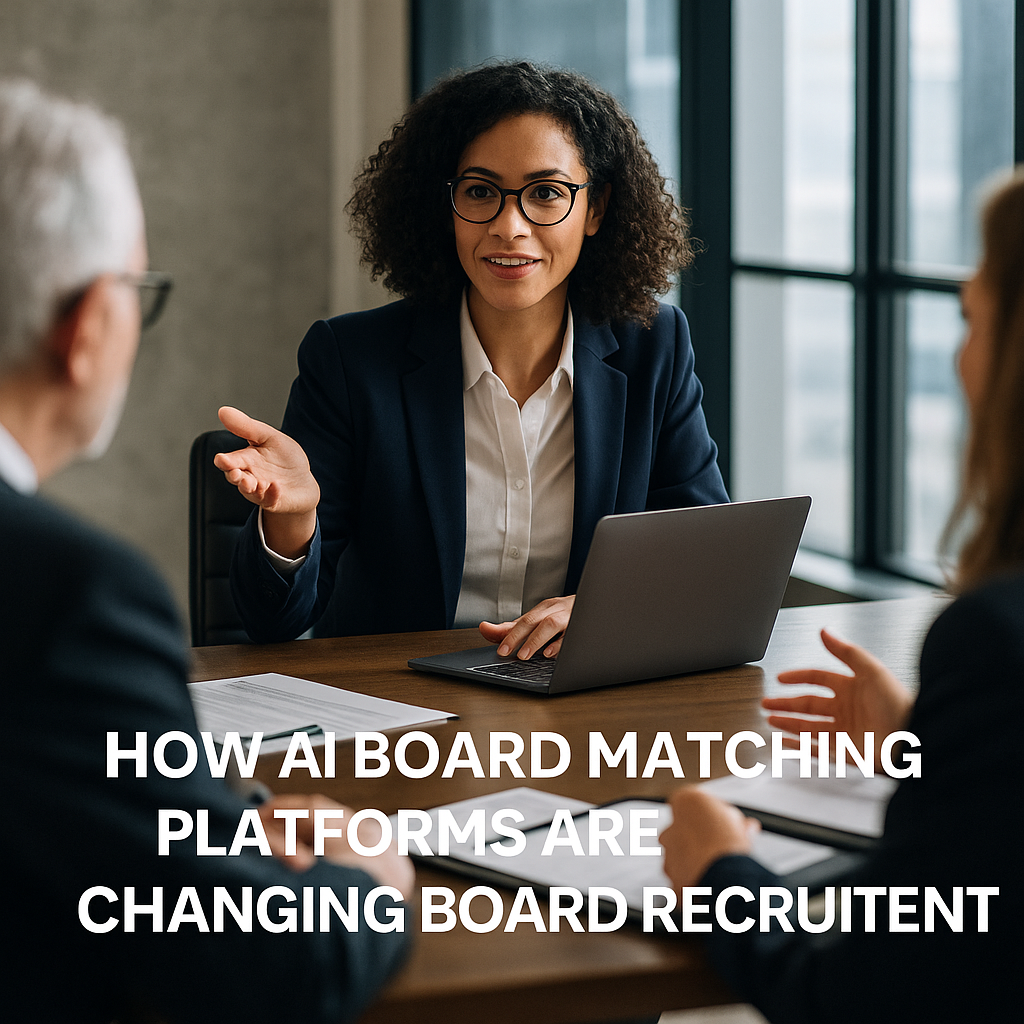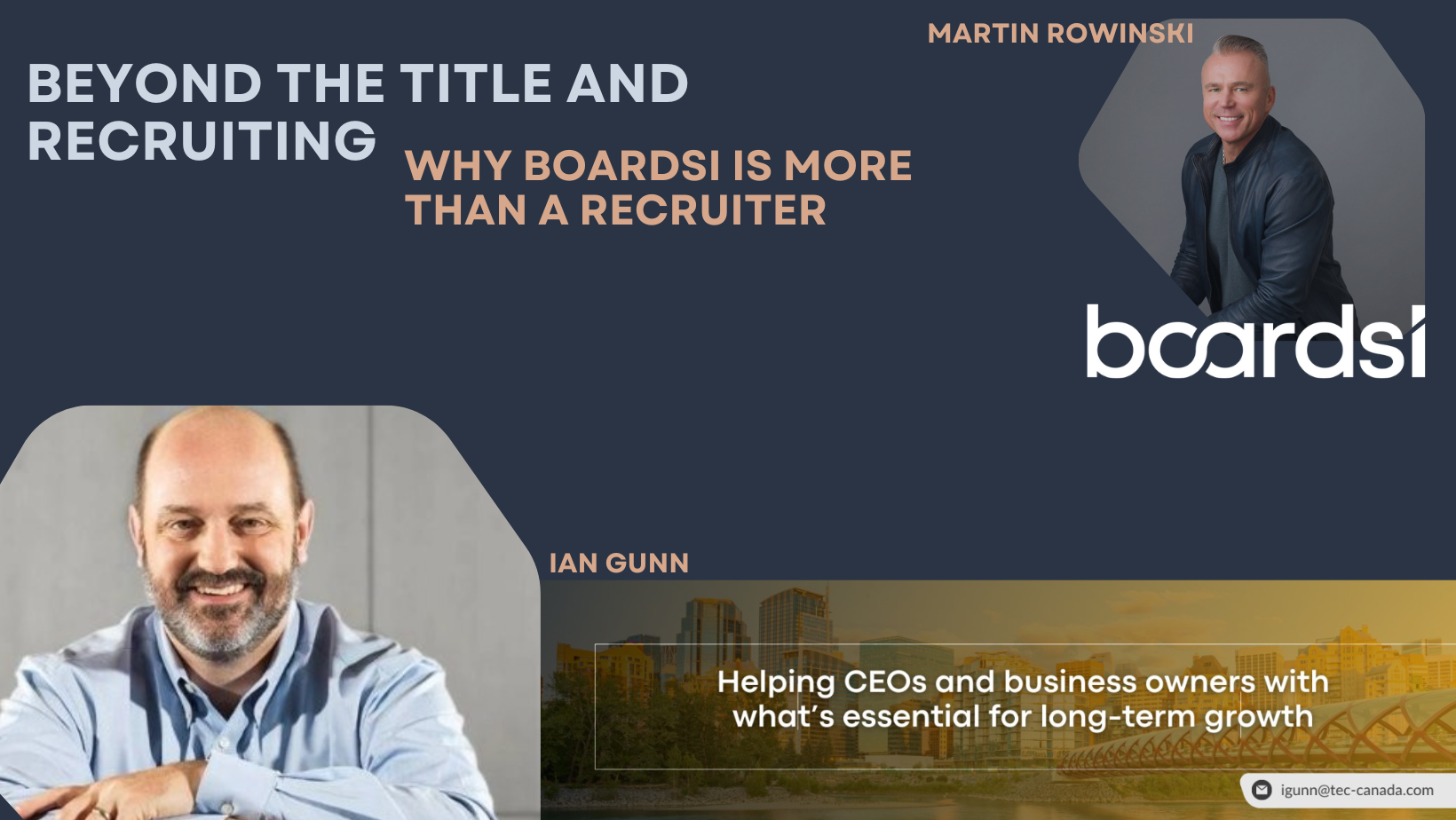People talk a lot about diversity — sometimes so much that I wonder if we still remember why. When leaders assemble diverse teams, the conflicting understandings of normalcy can lead to some friction — but as long as people are open-minded to the idea that their normal is not the only possibility, that friction can yield great results. A multifaceted, multicultural team can deliver some very unique and creative solutions in the workplace.
But when leaders hire people for their diversity simply to meet some standards of compliance, they might end up with more than just healthy friction. Unless these hires understand the benefits of bringing together diverse minds for more creative innovation, they may also bring conflict into a team.
Diversity should do more than check off boxes for your corporate diversity requirement; inclusivity for decision-making roles should go beyond basic divisions. Immigrants, like myself, know that diversity of class and culture can bring many benefits to a collaborative effort. To do diversity better, we need to go back to the source of its importance — bringing more diverse perspectives to work together and generate better ideas for business and society.
The Buzz About Diversity
Diversity has become a workplace buzzword, but the most common associations extend to two main branches: women and minorities. Women represent about half of the U.S. population, leading to a diverse pool. The U.S. is built on generations of minorities with different ancestries combined into new cultural manifestations. Gender and racial identities certainly shape an individual’s experiences and perspectives — but within gender and racial identities exists an even broader range of diversity that leaders neglect to consider.
When I arrived at the VP level, I appreciated diversity of all types. I worked with a team of people from everywhere and loved learning about their culture and the diverse challenges they faced.
More Diverse Diversity Brings Benefits
Many Americans grew up surrounded by abundance. Just as a fish can never really appreciate water, it sometimes takes foreigners — immigrants, especially those who’ve experienced extreme scarcity — to see the nation’s opportunities more clearly. On the outside, I may seem like another older white guy in a C-suite role, but my diverse class upbringing shaped much of my leadership. I grew up in a poor neighborhood in communist Poland, watching my parents struggle under oppression. Instead of gifts on holidays and ample supermarkets, we worried about having enough food to eat and waiting in line early while the shelves were still full.
Then, I came to live in a poor neighborhood in a foreign country. I had to learn English and struggled through high school. Eventually, I landed a telemarketing job — not the most glamorous role, but I appreciated it like every opportunity. I developed a thick skin and a survivalist mentality as I worked my hardest under any conditions. My struggles drove me to learn the skills that someone with a different life experience might never know existed. My diverse upbringing allows me to bring new ideas to the table, like anyone with different life experiences.
Today’s workplace diversity considerations should go beyond gender and race to include other factors, like class. In studies, people from lower classes who rose to the position of CEO had increased risk-taking sensibilities that sent them further up the corporate ladder — and in the Army, people who rose in class demonstrated more effective leadership qualities. Anecdotally, class migrants are more willing to work long hours with fewer complaints and demonstrate greater company loyalty. Still, 2020 research found that workers from lower social classes are 32% less likely to become managers than those from higher ones because leaders tend to neglect the benefits of having a diverse workforce.
Do More Than Just Check Boxes
When hiring, look to expand diversity at all levels of the company beyond performative “box-checking.” Putting someone into a leadership position just because of their gender or race without considering their qualifications or if they will mesh well with the company misses the point. Many people from different backgrounds would check the boxes while still being qualified. Here’s how to make the most out of your diversity initiatives:
1. Look for open-mindedness. Not all people from diverse backgrounds are good at working with conflicting opinions on a team. Being closed off from hearing someone’s perspective because of their race, gender or cultural background is hurtful. When people can’t see beyond stereotypes or stigma and stay closed off from hearing someone else’s input, they hurt their work relationships and ability to collaborate as a team. When hiring for diversity, look for people with open minds.
2. Raise people up to be successful. When bringing on more diverse workers, some candidates might have great experience in the wrong areas but still, demonstrate leadership potential. If you bring on a new board member and find a great candidate from a diverse background — but they have no board experience, this is an opportunity. You can set them up with a more experienced board member for mentorship and benefit from their diverse experiences while building their skills. It’s a win-win.
3. Encouraging acceptance of diversity at all levels starts at the top. Diversity benefits every level of the company, but to get a diverse team to work well together, leaders lay the foundation for success. Hiring a diverse leadership team will likely result in greater staff diversity throughout the company. Leaders should model open-mindedness and a willingness to work through friction. Look for people willing to collaborate no matter where those great ideas originate.
Advancing the opportunities of women and minorities is important, but these are not the only two faces of diversity. People from different countries with varied political and economic backgrounds develop unique expectations and approaches to solving problems. Even neurodivergence and disability bring new perspectives to business discussions. And the result is often impactful business decisions that take more people into consideration so we can solve more (and bigger) problems.
Source: Newsweek









